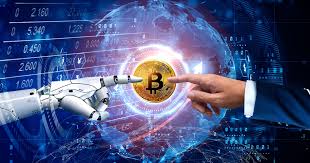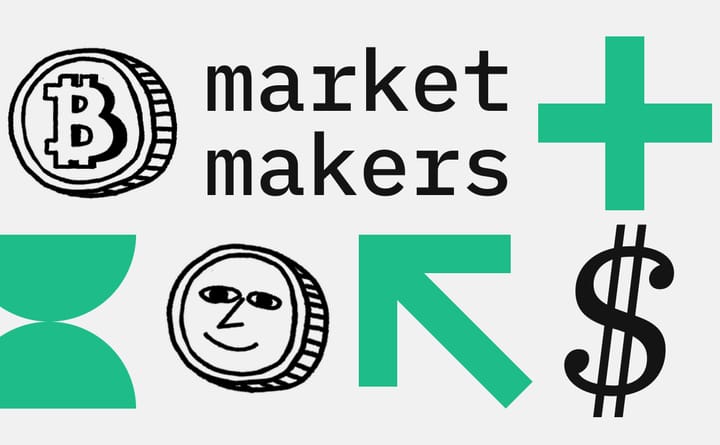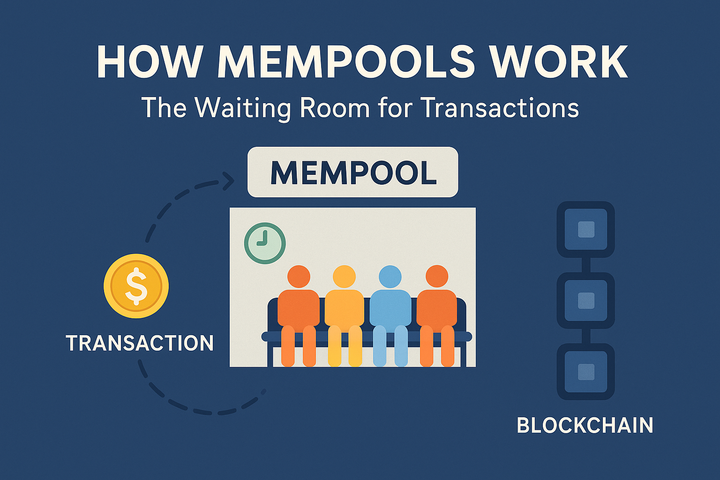The AI-Crypto Revolution: Where Artificial Intelligence Meets Blockchain

Introduction
The intersection of artificial intelligence and cryptocurrency has moved from experimental to essential in 2025. This isn't just about AI-themed tokens anymore. It's about genuine utility and integration that's creating entirely new market categories. We're witnessing the birth of autonomous financial systems that can think, adapt, and evolve without human intervention.
What's Driving the AI-Crypto Boom?

The AI crypto trend has gained massive momentum because it addresses real-world problems that have plagued traditional finance for decades. AI agents are now capable of launching their own tokens, managing decentralized protocols, and even trading on behalf of users with sophisticated strategies that would take human traders years to develop. This has created a new category of "agent-launched" tokens that operate with minimal human intervention, making decisions based on complex data analysis and market conditions.
The most fascinating development is how AI is being used to optimize DeFi protocols in ways that were previously impossible. Smart contracts powered by AI can now adjust interest rates in real-time based on market volatility, liquidity conditions, and user behavior patterns. They can rebalance portfolios automatically using advanced algorithms that consider thousands of variables simultaneously, and predict market movements with increasing accuracy by processing vast amounts of on-chain data, social sentiment, and macroeconomic indicators.
This level of automation is attracting both retail investors and institutions who want exposure to cutting-edge technology without the complexity of managing it themselves. Traditional hedge funds are beginning to allocate portions of their portfolios to AI-managed crypto strategies, while retail investors can access sophisticated trading algorithms that were previously exclusive to institutional players.
The Technical Infrastructure Revolution
Behind the scenes, the infrastructure supporting AI-crypto integration has become incredibly sophisticated. Machine learning models are being trained on blockchain data to identify patterns that human analysts might miss. These models can process transaction flows, wallet behavior, and network metrics to generate insights about market direction, token utility, and project sustainability.
Natural language processing algorithms are analyzing social media sentiment, news articles, and community discussions to gauge market mood and predict price movements. Computer vision systems are even being used to analyze chart patterns and technical indicators with superhuman precision and speed.
The development of specialized blockchain networks optimized for AI workloads has created new opportunities for projects that need significant computational resources. These networks can handle complex machine learning tasks while maintaining the decentralization and transparency that make blockchain technology valuable.
Key Players and Opportunities
Several projects are leading this space, each taking different approaches to AI-crypto integration. Tokens focused on AI infrastructure are building the foundational technology that other projects rely on, while machine learning protocols are creating decentralized networks where AI models can be trained and deployed collaboratively.
Automated trading systems powered by AI are generating consistent returns for users while contributing to market efficiency and liquidity. These systems can execute trades across multiple exchanges simultaneously, arbitrage price differences, and manage risk more effectively than human traders.
The narrative has evolved beyond simple speculation—investors are looking for projects that demonstrate clear AI integration and practical applications. The most successful projects are those that solve real problems using AI technology, whether that's optimizing yield farming strategies, improving decentralized exchange efficiency, or creating more accurate prediction markets.
The most exciting aspect is how AI agents are creating their own economic ecosystems. These autonomous entities can now participate in governance votes, stake tokens in optimal strategies, and even create new financial products without human oversight. They can analyze market conditions, identify opportunities, and execute complex strategies 24/7 without fatigue or emotional bias.
This represents a fundamental shift toward truly decentralized and intelligent financial systems where human oversight becomes advisory rather than operational. We're seeing the emergence of DAOs that are managed primarily by AI systems, with humans providing strategic direction while AI handles day-to-day operations.
Market Dynamics and Adoption Patterns
The adoption of AI-crypto solutions is following interesting patterns across different market segments. Institutional investors are primarily interested in AI systems that can provide risk management, portfolio optimization, and compliance monitoring. These applications offer clear value propositions and measurable returns on investment.
Retail investors are gravitating toward AI-powered trading bots, yield optimization protocols, and automated portfolio management systems. These tools democratize access to sophisticated financial strategies that were previously available only to wealthy investors with access to professional fund managers.
DeFi protocols are integrating AI to improve capital efficiency, reduce impermanent loss, and optimize liquidity provision. This is creating more attractive opportunities for liquidity providers while improving the overall user experience for traders and borrowers.
Investment Perspective and Due Diligence

From an investment standpoint, AI-crypto projects offer exposure to two of the fastest-growing technology sectors simultaneously. However, investors should focus on projects with demonstrated AI capabilities rather than those simply using AI as a marketing buzzword. The key is distinguishing between genuine innovation and hype-driven speculation.
Look for teams with strong technical backgrounds in both blockchain and machine learning, as the intersection of these fields requires deep expertise in both areas. Evaluate the practical applications of the AI technology and whether it provides genuine advantages over traditional approaches.
Consider the data sources and training methodologies used by AI systems, as the quality of decision-making depends heavily on the quality of input data. Projects that have access to unique datasets or proprietary algorithms may have sustainable competitive advantages.
Risk management is crucial when investing in AI-crypto projects, as these systems can amplify both gains and losses. Understanding how AI systems handle market volatility, unexpected events, and edge cases is essential for evaluating their long-term viability.
The regulatory landscape for AI-crypto projects is still evolving, so consider how projects are addressing compliance requirements and working with regulators to ensure long-term sustainability. Projects that proactively engage with regulatory authorities are likely to have better prospects as the regulatory framework develops.
Key References:
- Coindesk: AI Agents and Crypto Integration Report 2025
- Messari: The State of AI in Crypto Infrastructure
- Delphi Digital: Autonomous Trading Systems in DeFi
About Mitosis:
Mitosis APP
Blog
Docs
X
Discord



Comments ()